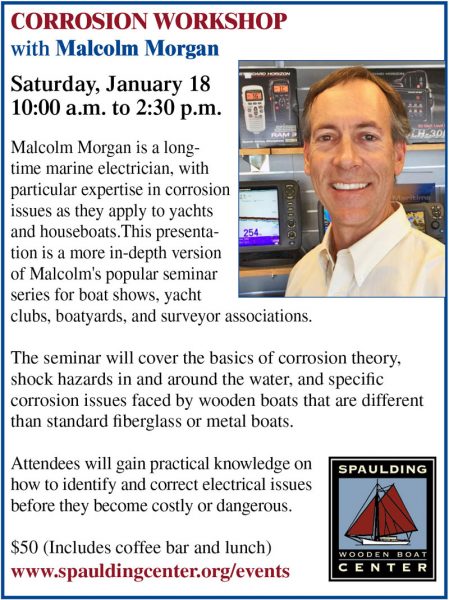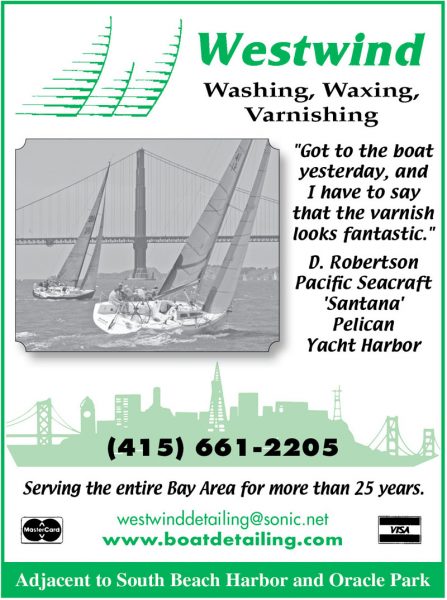
Have We Asked You About Central California Recently?
In what has become something of a New Year’s ritual, we headed down to San Luis Obispo on December 31, 2019, to see friends, and were again charmed by the beachy, sailory nooks that are Cayucos, Morro Bay and Port San Luis. We have asked this question before, but we thought we’d do another show of hands: Who from the Latitude Nation is down in Central California? Please be sure to let us know by commenting below, or emailing us here. As always, we’d love to see the pictures.
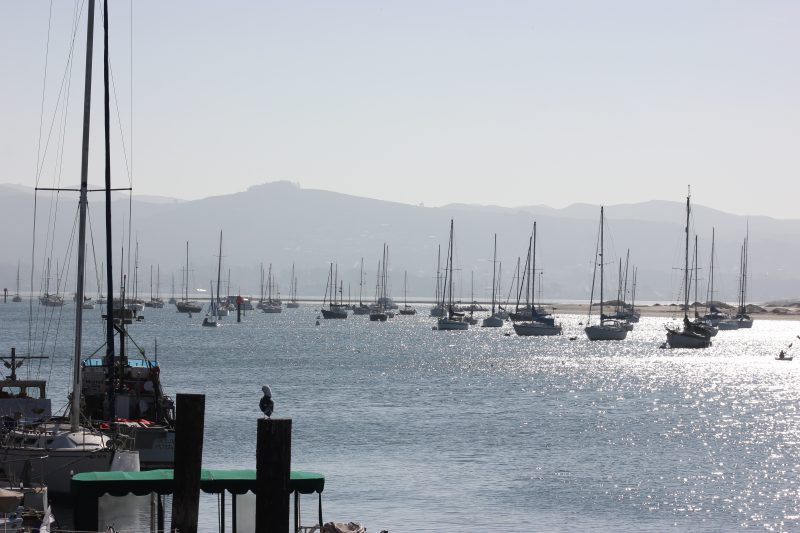
We’ve heard many sailors in transit say that California is short on ports to duck into while transiting the coast, but we’re curious how many of you have stayed in Central California on your way north or south. How were the entrances to the harbors? How were the accommodations once you were anchored or moored?
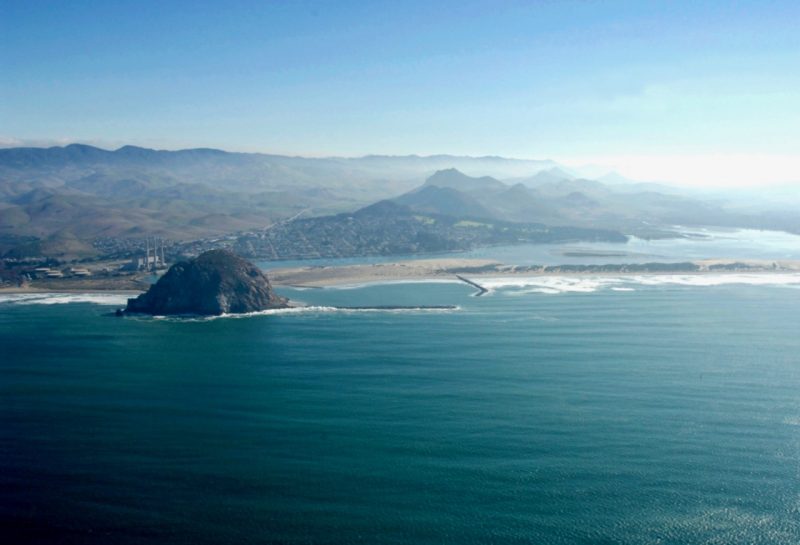
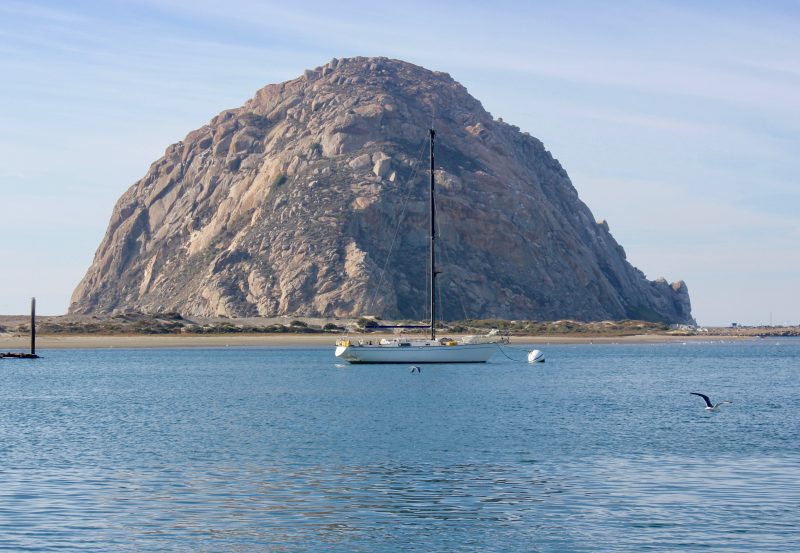

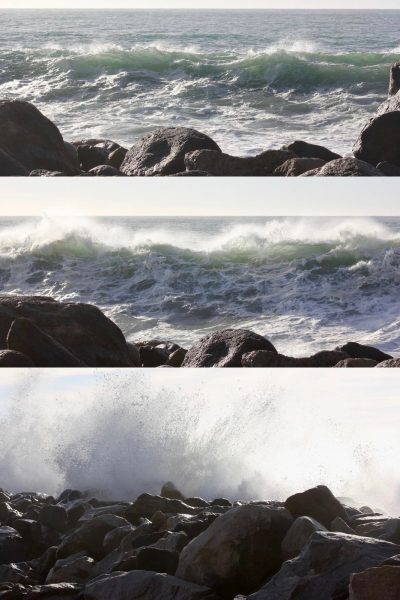
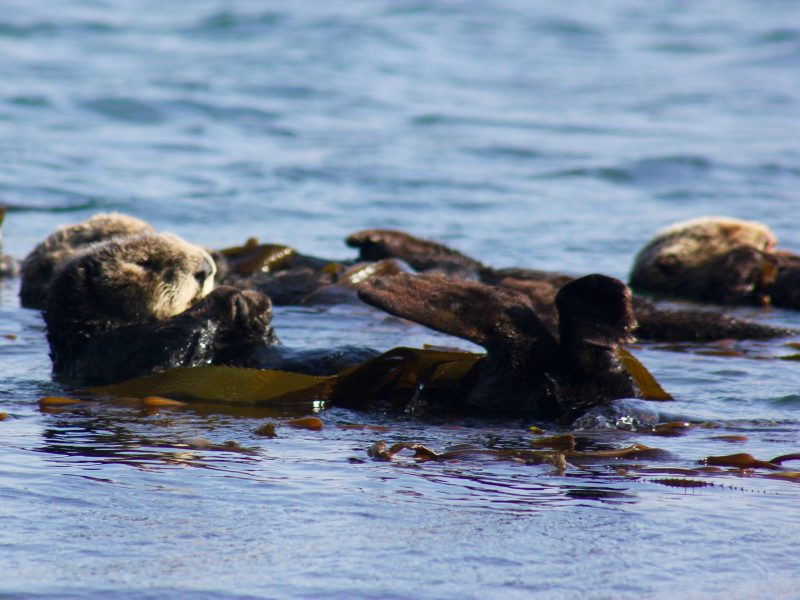
Anyway, enquiring minds want to know. Where are the Central California sailors, or the sailors who have visited Central California?
Emergency Rudder Race
With the Singlehanded Transpacific and Pacific Cup races to Hawaii less than six months away, preparation seminars are in full swing. Last Saturday, the SSS held an on-the-water seminar to demonstrate emergency steering systems. The seminar included a race, for which skippers secured their boats’ primary steering and deployed emergency steering to get around the course. Richmond Yacht Club hosted the event again, as in 2018 and 2015.
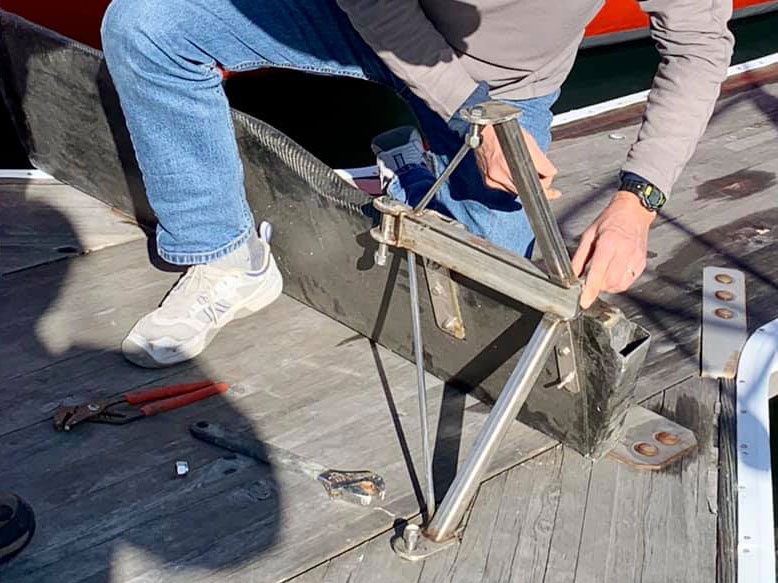
Participating boats included two Pacific Cup entries — Kirk Denebeim’s Archambault 35 Mirthmaker and Lori Tewksbury’s Express 27 Hang 20 — and three past or future Singlehanded Transpacific race entries — Chris Case’s Wilderness 30 Fugu, Will Lee’s Hinckley SW42 Competition Sea Wisdom, and Bob Johnston’s Alerion Express 38-1 Surprise!.
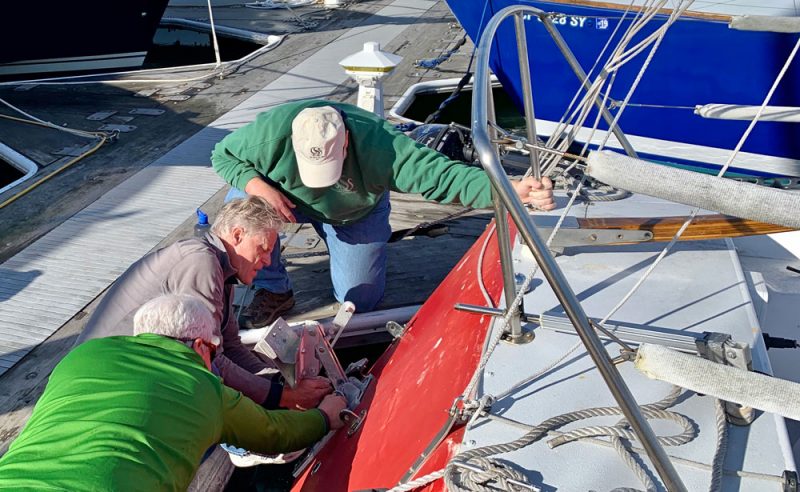
The emergency steering systems in use were a variety of professional and amateur builds. Mirthmaker won the race using a carbon cassette e-rudder built by SSS veteran and composites guru Greg Nelsen. Hang 20 also used a Nelsen-built e-rudder, borrowed from fellow Express 27 sailor and Singlehanded Transpacific race veteran George Lythcott of Taz!!.
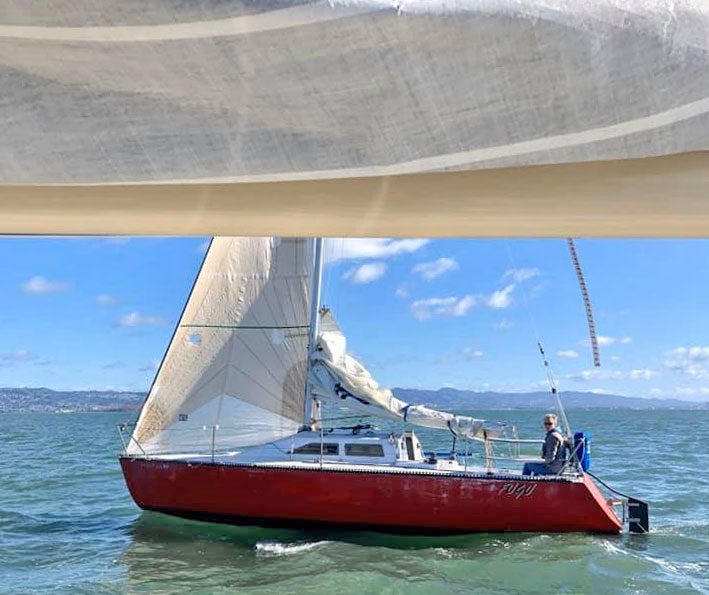
Chris Case sailed Fugu in the 2018 Singlehanded Transpacific race carrying an e-rudder blade purchased at Blue Pelican Marine and mounted on a self-built frame on Fugu’s sloped transom. Sea Wisdom demonstrated a Hydrovane, which includes a dedicated rudder blade that doesn’t require separate mounting. Both boats had no problem sailing out to the Bob Klein buoy (near Southampton Shoal) and back using these systems.
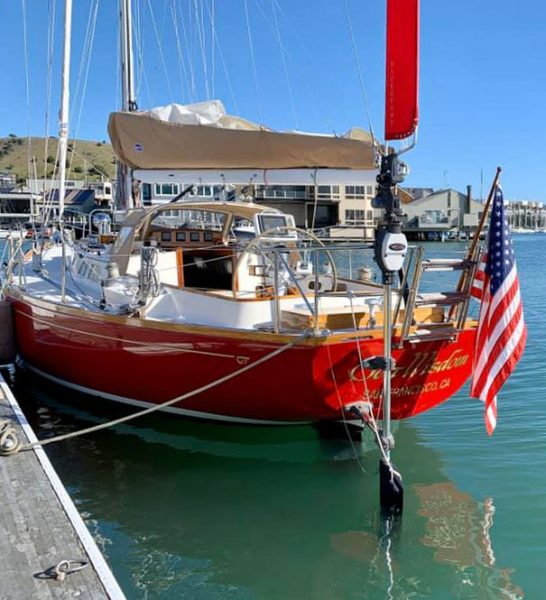
Surprise! tested a Burke Seabrake drogue. Its bridle lines were led to the ends of a whisker pole mounted near the mast to provide a pivot point over the keel. Based on videos and a prior test, Bob concluded that the drogue would work if sailing downwind. However, it did not steer adequately to allow Surprise! to sail upwind to exit Richmond’s Potrero Reach.
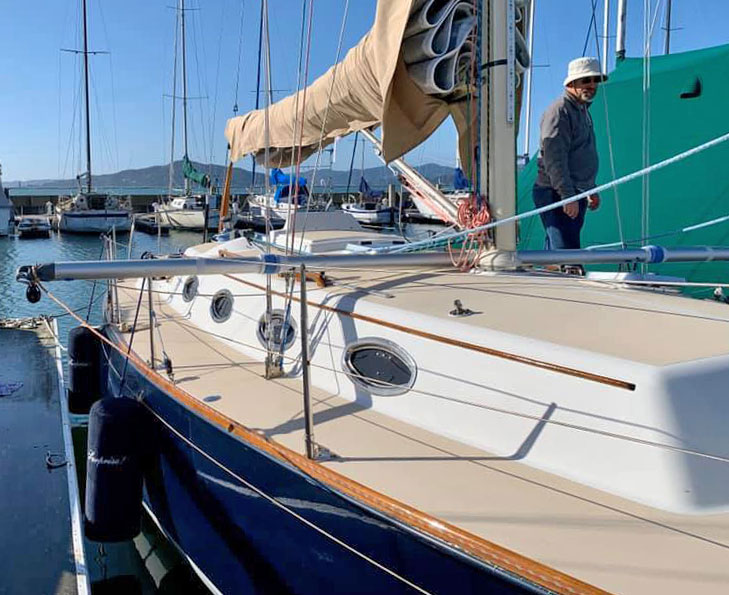
Both the Pacific Cup and Singlehanded Transpacific races require emergency steering systems, and the race inspectors may require that the systems be demonstrated. Saturday’s seminar and race was a chance to see what worked and what didn’t, giving skippers a jump on meeting these requirements.
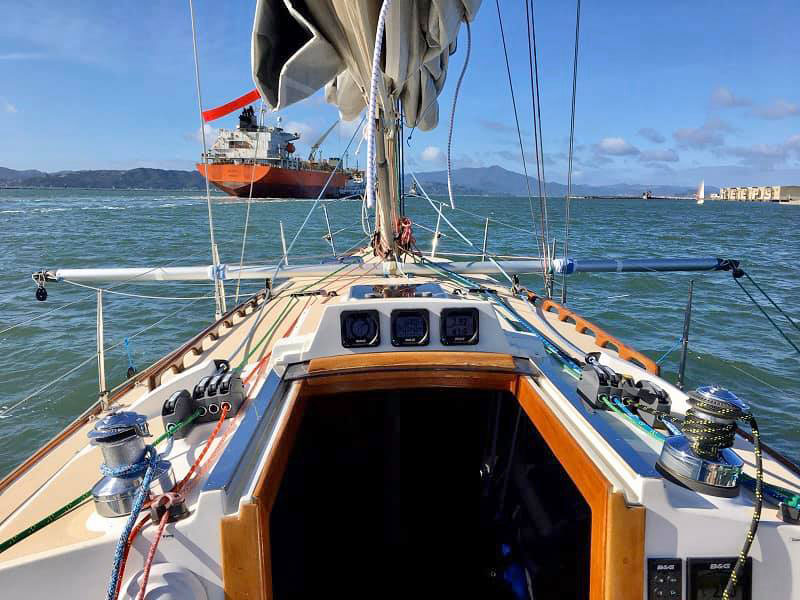
Seminar participants not bringing their own boats assisted as crew. The group held a debrief after the race, and another Singlehanded Transpacific veteran, Alan Hebert, brought the cassette rudder system he’s building for a future race.
See more photos on the SSS Forum. Caution: This forum may be habit-forming!
Corrosion Workshop at Spaulding Center
When You Drop Everything to Sail to Mexico
During the closing weeks of 2019, I was presented with an opportunity to go sailing, but not just for a weekend or a day — this was a three-month commitment. I could join Call of the Sea’s schooner Seaward as cook for her entire Mexico chartering season. While I admit the decision wasn’t too difficult to make, I did experience a period of anguish over the chaos that would ensue once I told my boss I was going.
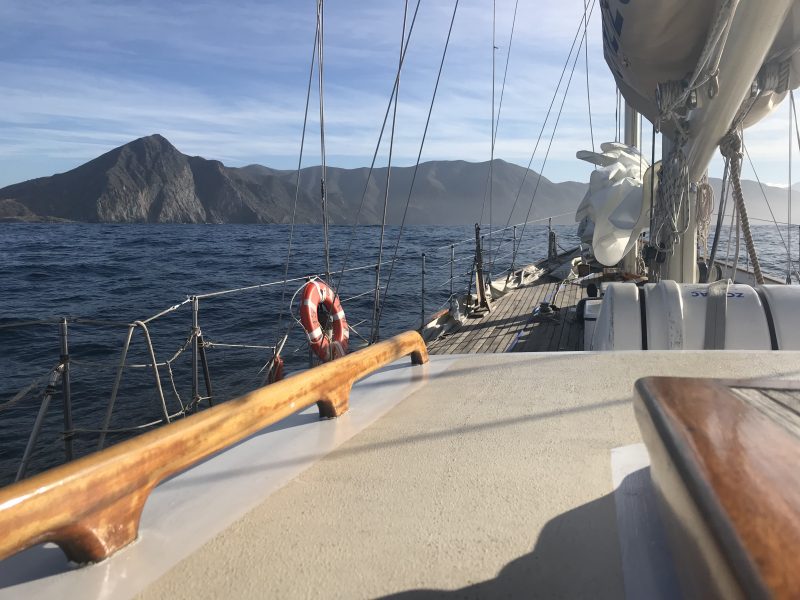
My desk job was more than just a simple series of steps that could be picked up by anyone at a moment’s notice, and that was exactly the time I was giving my boss to prepare for my departure. As I began my carefully prepared speech, guilt and sheepishness made my announcement feel less positive than it sounded during practice. But wasn’t it my boss who had circulated Bill Shannen’s Sail Magazine story that applauded Latitude 38 employees for being the type of people who would quit their jobs at a moment’s notice and go sailing?
As far as I could see, I was only doing my job.
I continued my now-fumbled speech and watched as shock was gradually overtaken by furtive planning. In the end, and with a true sailor’s grit, my boss said he understood and wished me well.
With the hardest task over, the rest of December flew past. I rushed to tidy loose ends and execute a manageable handover, all while trying to prepare for my end-of-month departure. Putting aside the fact that my last charter-cook gig was not what I would call a good experience, I embarked upon a hasty study of menu planning and provisioning for up to 16 people. Oh, and did I mention my propensity for seasickness? Regardless, I refused to be deterred. On December 30 I stood proudly aboard Seaward with the rest of the crew as we welcomed our first guests, 12 youth sailors from the San Francisco Sea Scouts.
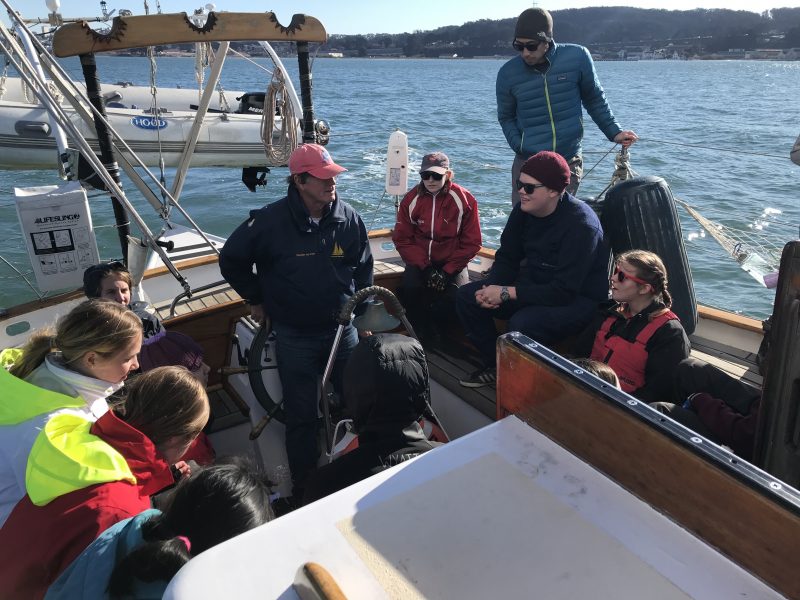
Never before had I embarked on such an adventure. The collective anticipation on board was contagious. Belowdecks was literally buzzing as the young sailors and their two leaders chose bunks, stowed gear, and milled around surveying what was to be their home for the next week.
In what seemed like mere minutes, we were underway. A quick lunch of MYO (make your own) sandwiches gave way to untying dock lines and waving to a handful of family and friends as we cast off and motored into the Bay. By the time the Golden Gate Bridge came into view, Seaward’s crew had organized the young Scouts into deckhands. Observers were no doubt perplexed when the captain steered the big schooner through a demonstration man-overboard maneuver.
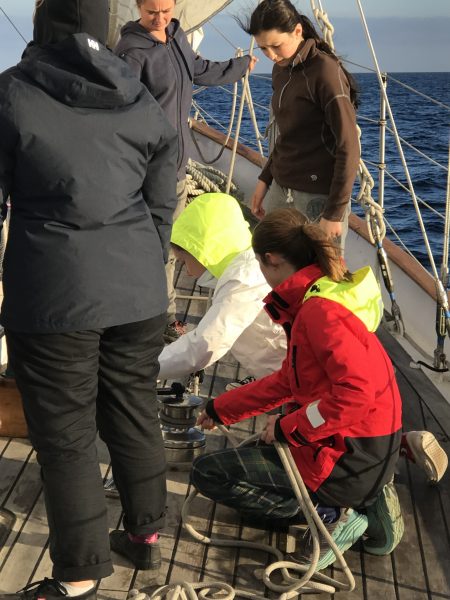
The housekeeping completed, we were now ready to depart, and beneath a fountain of flowers cast lovingly adrift by a crew member’s abandoned husband, we set our sails and steered a southerly course toward Mexico. Never in my entire life had I envisioned this. As far as I was concerned, I was done with charter-boat cooking, and it wouldn’t particularly have bothered me if I were done with sailing. But there was something alluring about this journey. In fact, I could (and did) list many reasons why I wanted to take on the challenge. Yet at the same time, I could have listed just as many doubts that I had successfully pushed to the back of my mind as I continued my forward march into the somewhat dubious career move of becoming a charter-boat cook.
It’s only three months; how hard can it be?
If you’re interested in Monica’s former job here at Latitude 38, please check it out here.

